ISRO Creates History: 8 Things to Know about the Record Launch of 20 Satellites
Polar Satellite Launch Vehicle (PSLV) C34, carrying India’s latest earth observation Cartosat-2 Series satellite, was used for the launch from the second launch pad of Satish Dhawan Space Centre in Sriharikota.
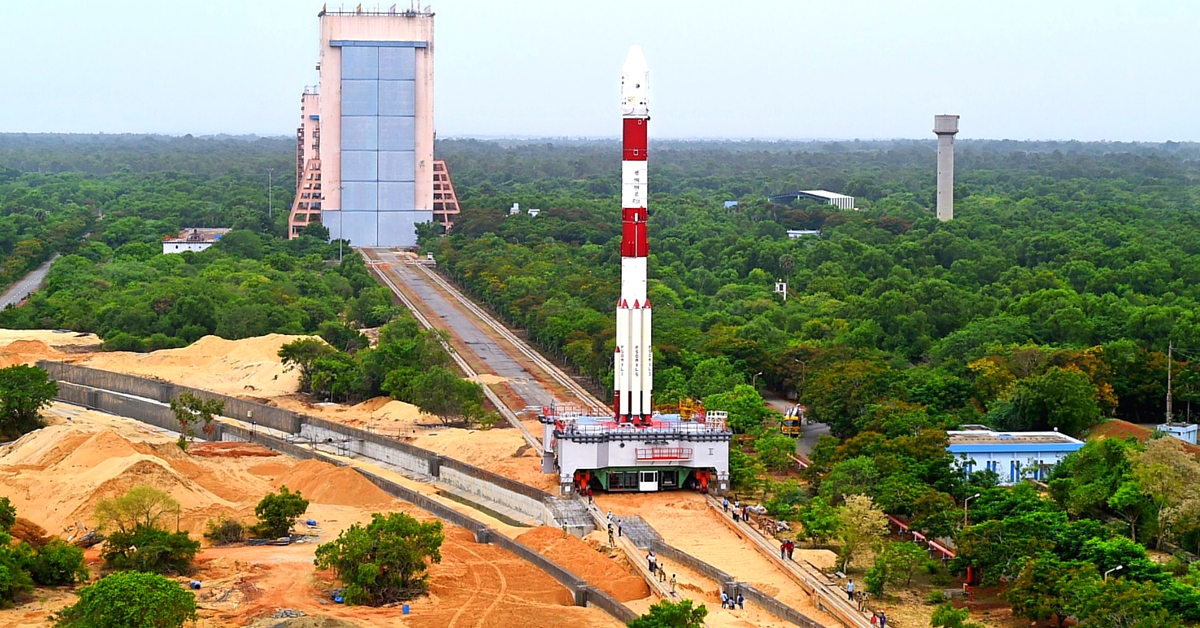
Indian Space Research Organisation (ISRO) created history by launching 20 satellites, including 17 foreign payloads, today. Polar Satellite Launch Vehicle (PSLV) C-34, carrying India’s latest earth observation Cartosat-2 series satellite, was used for the launch from the second launch pad of Satish Dhawan Space Centre in Sriharikota. The 48-hour countdown for the launch started on Monday morning.
This is the biggest ever launch by ISRO in terms of the number of satellites after the organisation placed 10 satellites in the orbit in April 2008.
Here is all you need to know about the launch:
1. The total weight of all 20 satellites carried onboard PSLV C-34 was about 1,288 kg.
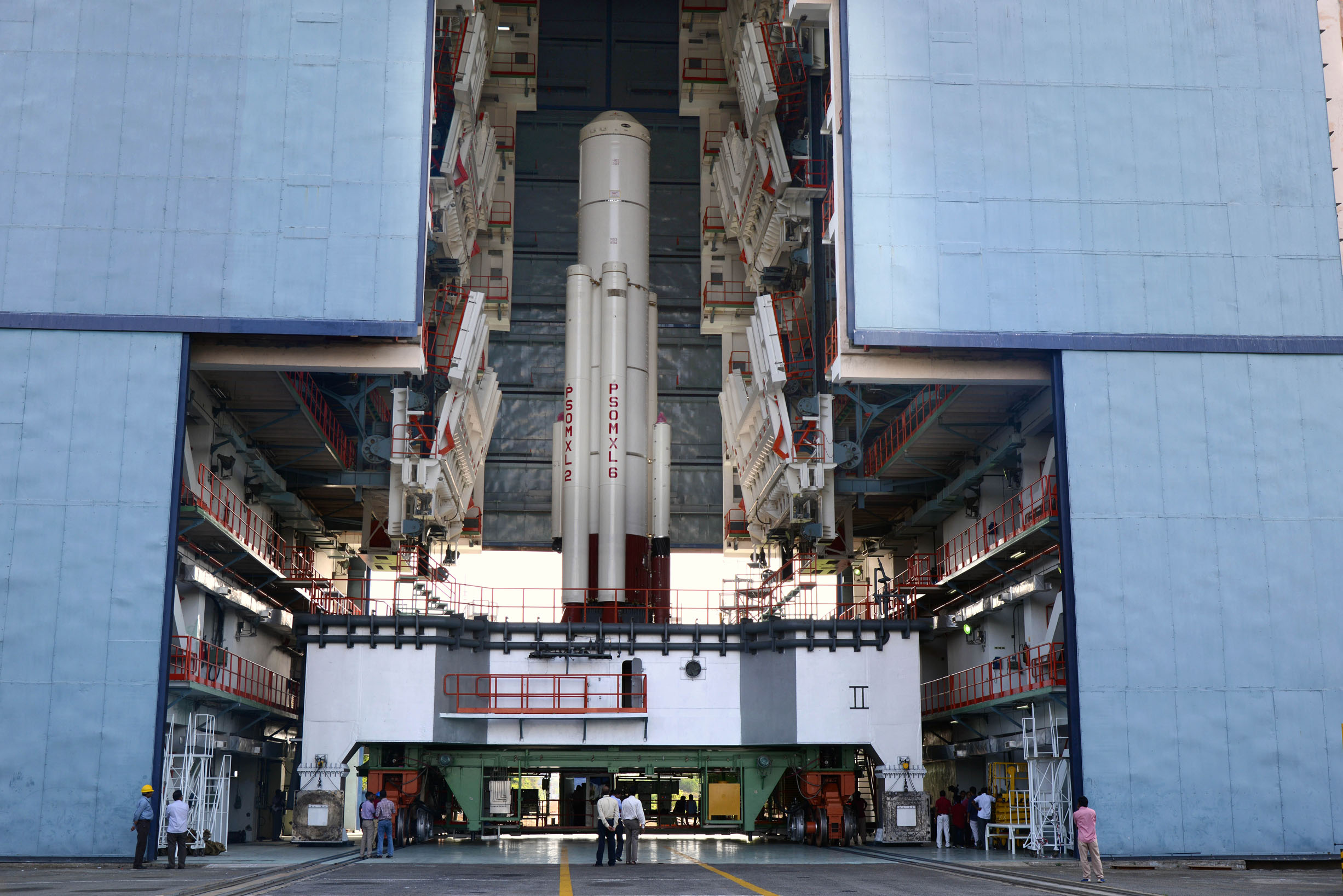
2. The 727 kg Cartosat-2 series satellite is the primary satellite in this mission.
It will be used for cartographic (drawing maps) applications, Land Information System (LIS) and Geographical Information System (GIS) applications. The satellite will also help in coastal land use and regulation, road network monitoring and water distribution, precision study, etc.

3. The 320 tonne PSLV C-34 carried 17 foreign small satellites from Canada, Indonesia, Germany and the US.
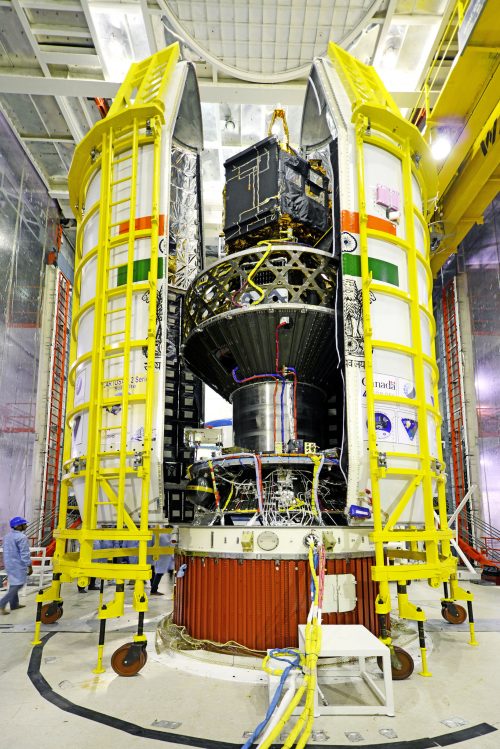
4. The foreign satellites include LAPAN-A3 from Indonesia; Brios from Germany; M3MSat and GHSSat-D from Canada; SkySat Gen 2-1 and 12 Dove satellites from the United States.
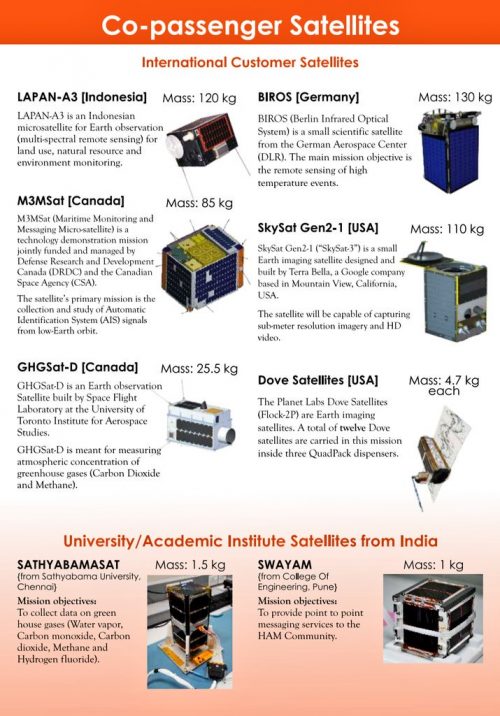
Source: Twitter
5. The 110 kg SkySat Gen2-1 is a small Earth imaging satellite designed and built by Terra Bella, a Google company.

6. Each of the 12 Dove satellites weighs around 4.7 kg. They are earth imaging satellite developed by US-based Planet Labs.
7. PSLV C-34 also carried two student satellites.
The Satyabhama Sat, which was designed and developed by students of Sathyabama University, Chennai and Swayam by the students of Pune’s College of Engineering.
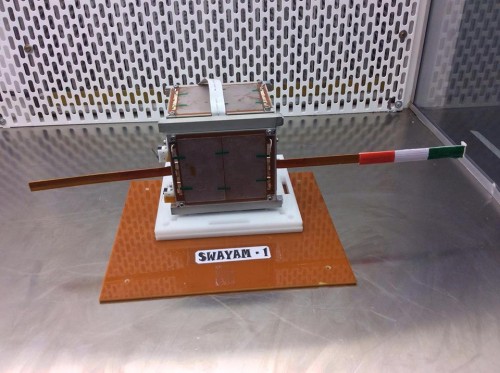
8. The PSLV placed the satellites in the designated polar Sun Synchronous Orbit (SSO) in about 30 minutes after the launch.
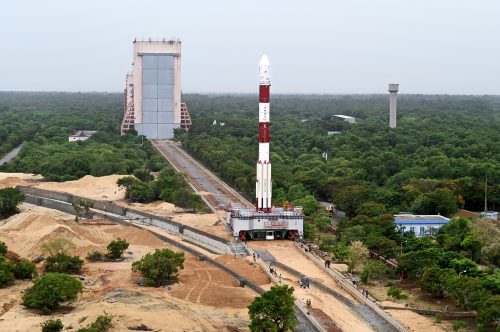
All pictures: ISRO
Like this story? Have something to share? Email: [email protected], or join us on Facebook and Twitter (@thebetterindia). To get positive news on WhatsApp, just send ‘Start’ to 090 2900 3600 via WhatsApp.

Similar Story

Want to Play a Role in Shaping India’s Climate Laws & Policies? Here’s a One-Stop Guide
Civis, a platform that enables citizens to participate in public consultations in the domain of environment and policy has released Climate Voices. This is a handbook and guide for Indians to participate in environmental law-making and play an active role in shaping our climate policies.
Read more >
If you found our stories insightful, informative, or even just enjoyable, we invite you to consider making a voluntary payment to support the work we do at The Better India. Your contribution helps us continue producing quality content that educates, inspires, and drives positive change.
Choose one of the payment options below for your contribution-
By paying for the stories you value, you directly contribute to sustaining our efforts focused on making a difference in the world. Together, let's ensure that impactful stories continue to be told and shared, enriching lives and communities alike.
Thank you for your support. Here are some frequently asked questions you might find helpful to know why you are contributing?


This story made me
-
97
-
121
-
89
-
167












